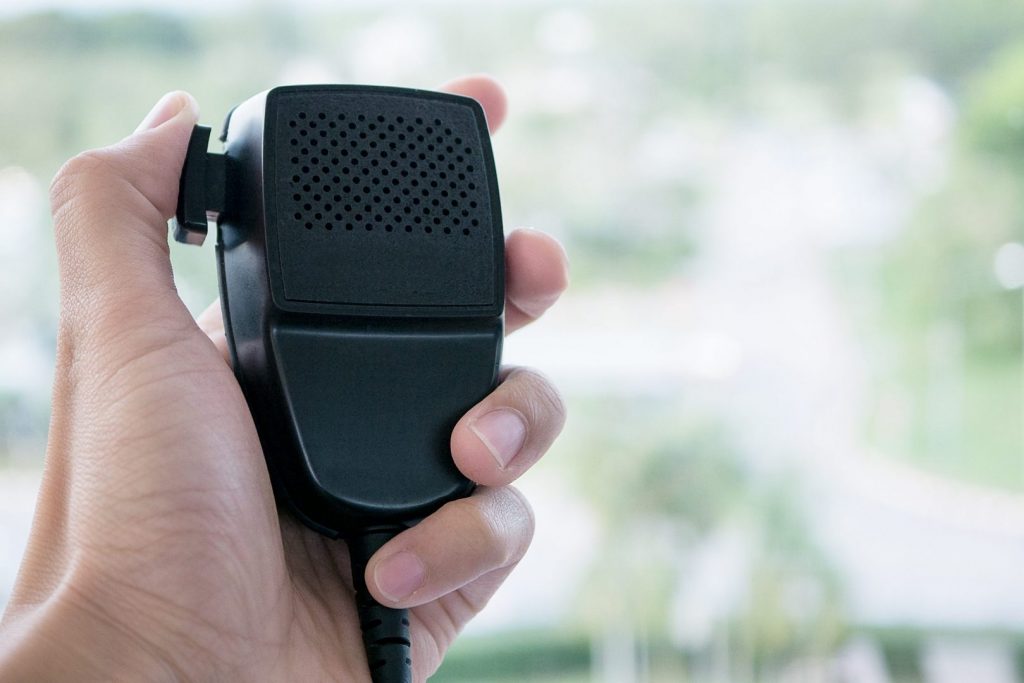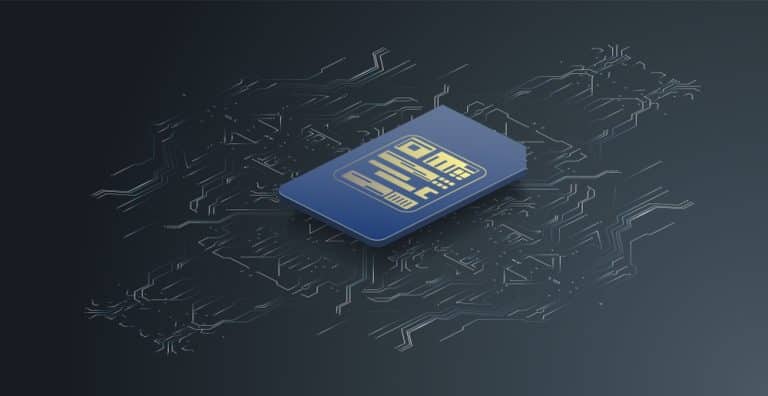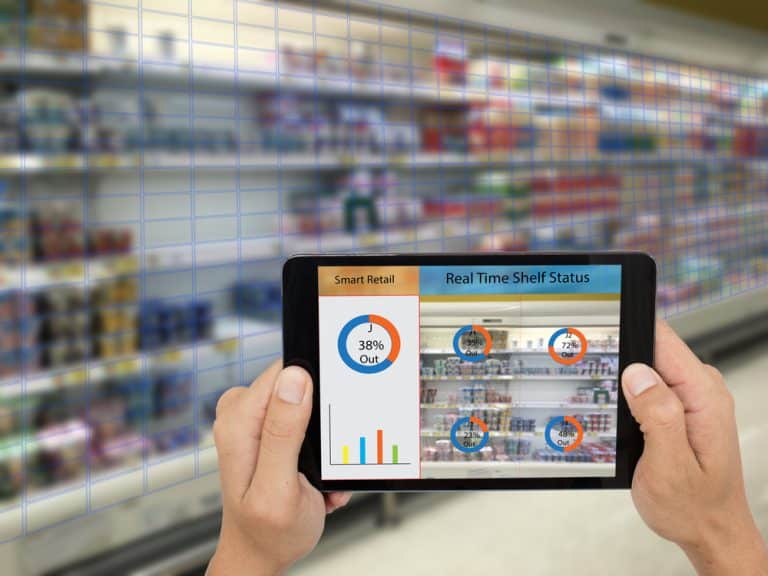P2P (point to point) radios are increasingly being used in the security and guarding industry across the world. Instead of using traditional radio connectivity which requires radios to proximate to each other the P2P technology is using the data channels on the cellular network to connect radios to each other and to the control centre. This technology does not depend on proximity or the installation of aerials to boost coverage but only requires a cellular signal and therefore you can connect two P2P radios which are thousands of miles apart.
The problem with radio
As the P2P radio utilizes the cellular network the radios have two main requirements (a) a cellular signal at all times and (b) low latency on the connection so there is no distortion of the voice quality. A problem that needs to be overcome to ensure that any security risks are dealt with immediately and appropriately dealt with.
How we can help improve the service
The P2P radios are extremely popular in emerging markets where reliance on a single network can cause the problem of ‘cellular dead spots’ where there is no coverage. Therefore, what was required was a multi-network solution with latency below 80ms which required efficient traffic routing of the data connections. We created a structure which minimized the dead-spot problem and kept the latency below the critical level
Results
We have repeatedly seen the use of IoT SIMs used in use cases such as this due to their multi-network connectivity. Here at Ritesim, we created an efficient tariff based on average monthly data usage of 250MB per P2P radio which reduced the dead spots by 95% and the low latency we achieved resulted in near perfect voice quality and this was rolled out in a number of Southern African locations. An additional benefit was the cost of this efficient service was no greater than the costs of using local cellular provider



